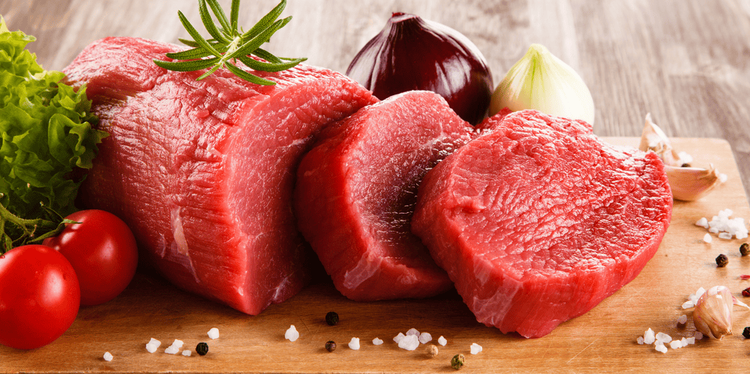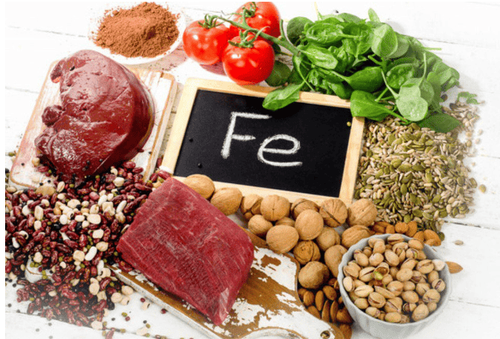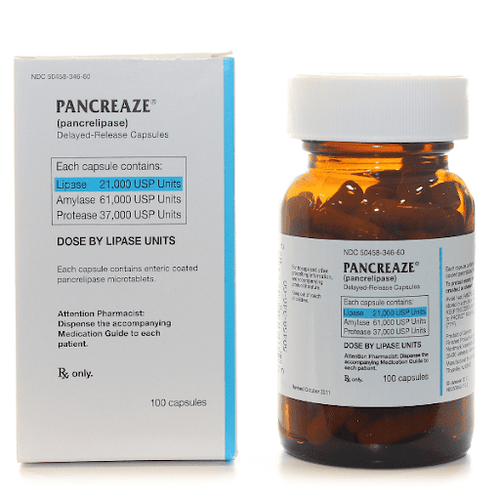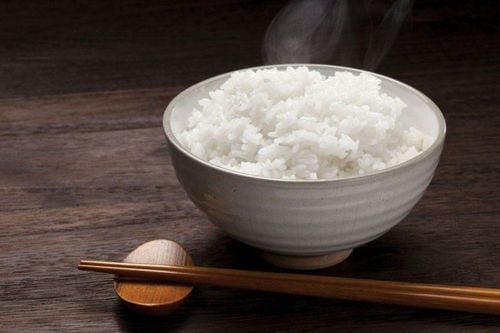This is an automatically translated article.
Health authorities recommend cooking beef to kill harmful bacteria. However, some people believe that eating raw or rare beef is completely safe, more palatable and beneficial to health. The following article will help us learn more about whether to eat raw, rare beef or not?
1. Is it safe to eat raw, rare beef?
Raw, rare beef is a popular dish around the world. However, eating raw beef is very dangerous, as it can contain disease-causing bacteria, including: Salmonella bacteria, Escherichia coli (E. coli), Shigella and Staphylococcus bacteria.
When you eat foods that treat these bacteria, you can get food poisoning. You are also at risk of infection with parasites such as:
Liver fluke: This is a type of fluke that usually parasitizes the liver and biliary tract of herbivorous animals such as buffalo, cow, goat... Larvae of eggs fluke fluke The liver will grow in the air when this group of animals excretes feces. They can stick to pieces of meat when they are slaughtered, some cling to aquatic plants such as water spinach, spinach... Liver flukes penetrate the intestinal wall to reside in the liver and cause disease when entering the intestines. .

Ấu trùng sán lá gan thường ký sinh ở gan và đường mật của bò
2. Who should not eat raw, rare beef?
The U.S. Food and Drug Administration (FDA) recommends that individuals susceptible to food-borne illnesses completely avoid raw or undercooked beef. These people include pregnant women, young children, the elderly, and people with compromised immune systems.
Eating raw, undercooked beef can cause damage to the digestive system, affecting the intestines, liver and other organs in the body. Symptoms such as upset stomach, nausea, diarrhea and vomiting

Thịt bò sống, tái dễ gây ra các bệnh về đường tiêu hóa
3. Nutritional sources in cooked beef
Beef is a source of high-quality protein that contains several vitamins and minerals.
A 3.5-ounce (100-gram) serving of cooked beef with 16-20% fat contains:
Calories: 244 Protein: 24 grams Fat: 16 grams Carbs : 0 grams Sugar: 0 grams Fiber: 0 grams Iron: 14% of the Daily Value (DV) Phosphorus: 16% of the DV Potassium: 7% DV Zinc: 55% of the DV Copper: 8% of the DV Selenium: 36% of the DV Riboflavin: 14% of the DV DV Niacin: 34% of DV Choline: 14% of DV Vitamin B6: 21% DV Vitamin B12: 115% of DV One human study found that the amount of protein in beef tends to decrease when cooked at 194°F ( 90°C) for 30 minutes compared to 131°F (55°C) for 5 minutes.
Beef is considered one of the nutritious dishes, to ensure positive effects on health, it is best to cook beef before eating, to avoid the risk of infection with some diseases caused by bacteria caused by eating raw, undercooked beef.
Please dial HOTLINE for more information or register for an appointment HERE. Download MyVinmec app to make appointments faster and to manage your bookings easily.
Article referenced source: healthline.com












